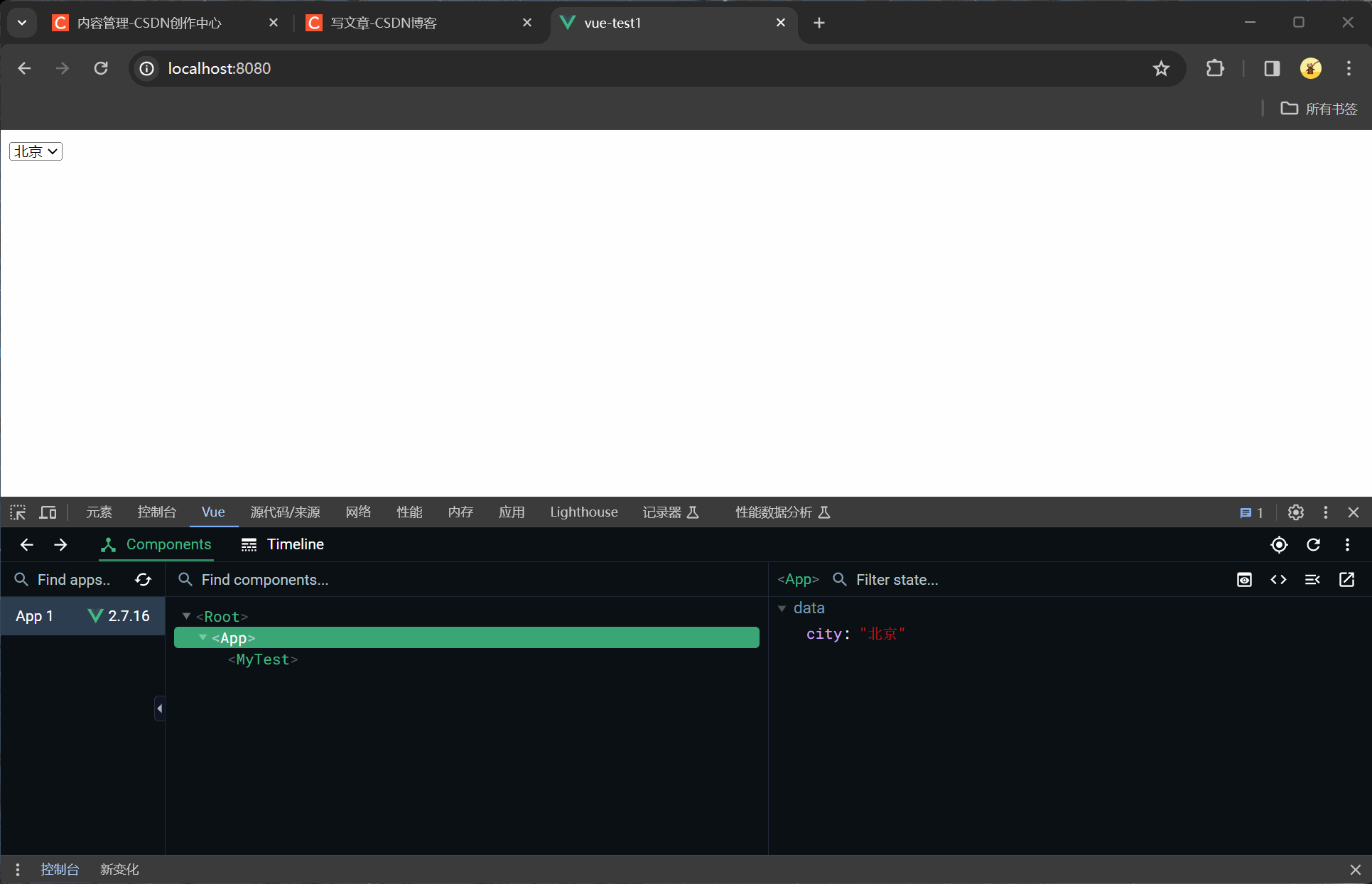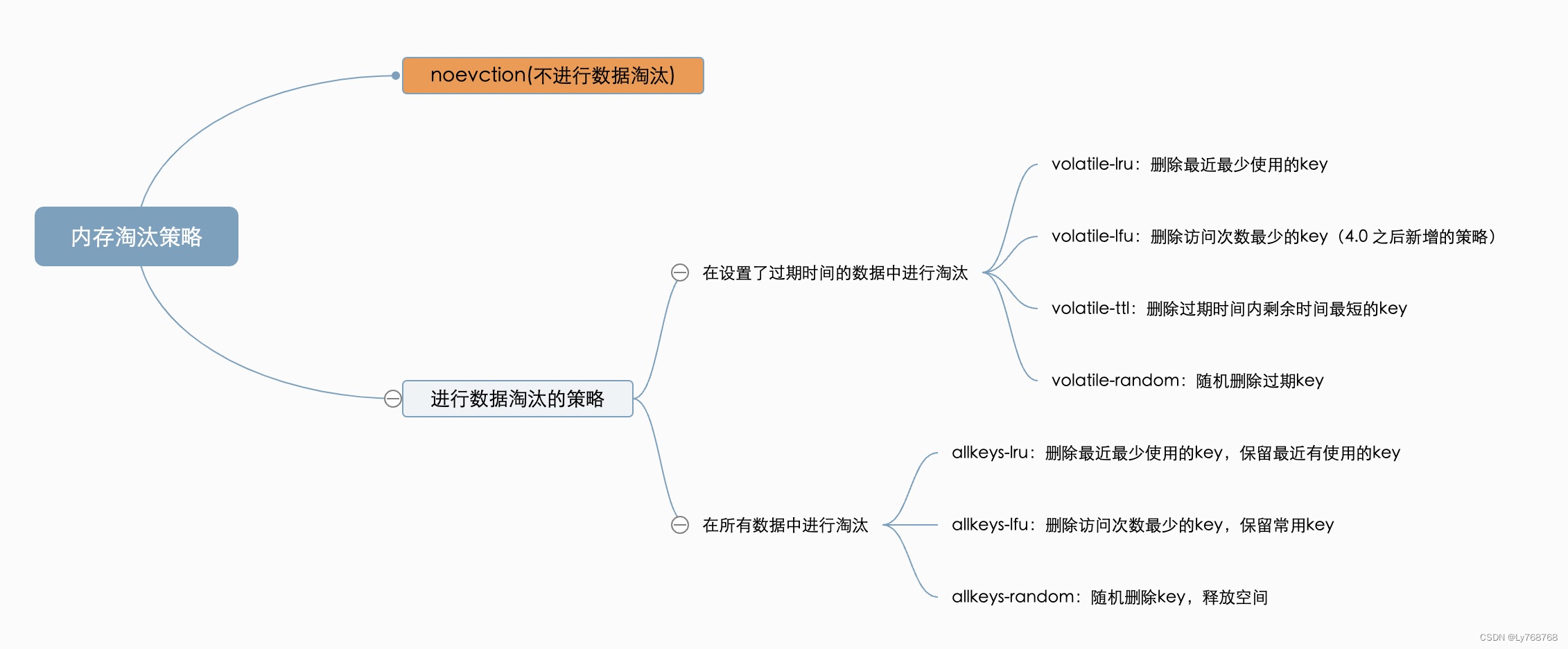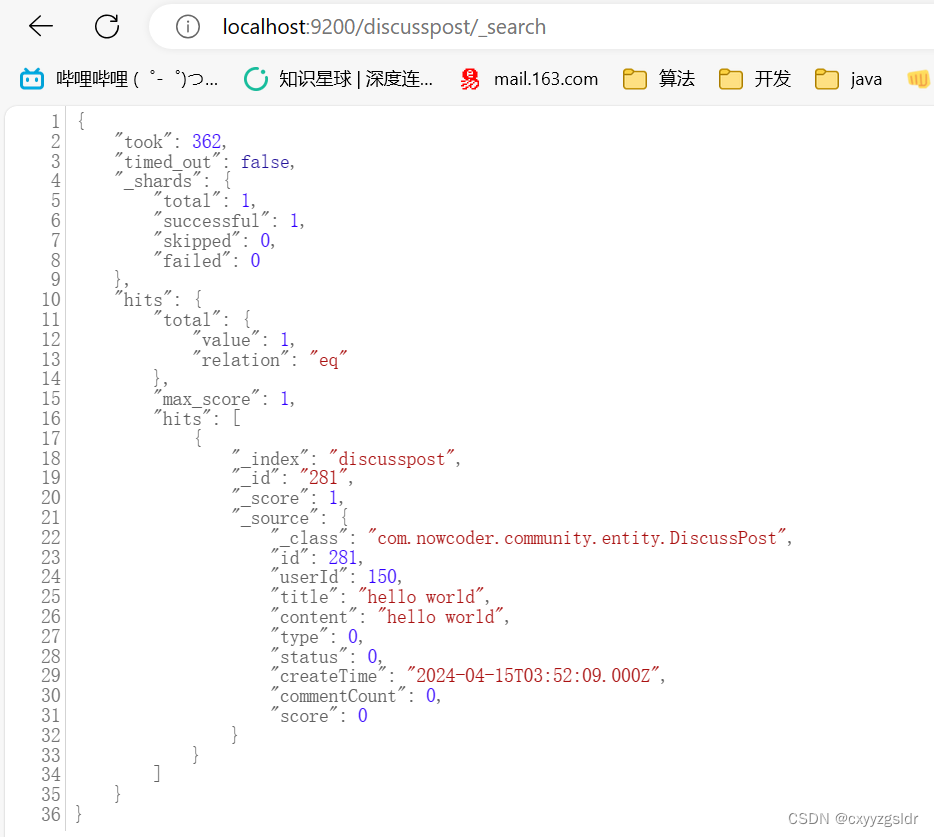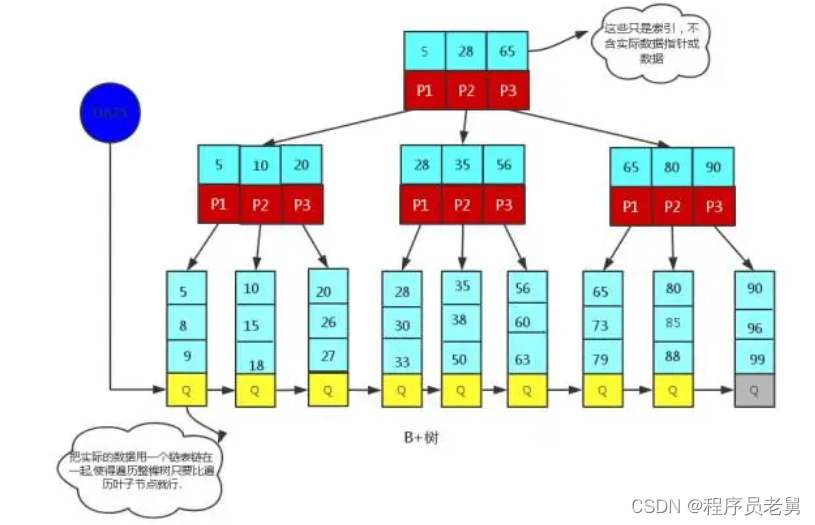
目录
🍸前言
🍻一、功能描述
🍺二、面向对象设计模式
🍹三、策略模式
🍦四、策略 VS 面向对象
🍨章末
🍸前言
小伙伴们大家好,上周初步了解了下函数式接口,Consumer,Supplier,Function等接口的使用,以及结合而策略模式实现购物促销功能的案例实现,这里再配合实现文件处理的功能,案例比较简单,主要是看策略模式和普通面向对象模式的区别
🍻一、功能描述
假设我们需要实现一个文件处理器,能够读取文件内容,并根据不同的处理策略对文件内容进行处理,例如将文件内容转换为大写、小写或者进行加密。
🍺二、面向对象设计模式
(1) 这种方式逻辑比较清晰,就是创建一个文件处理器类,该类中有各种文件内容处理方法,比如内容转大写或者加密,文件处理器类如下:
java">import java.io.BufferedReader;
import java.io.FileReader;
import java.io.IOException;public class FileProcessor {public void processFileToUpper(String filename) throws IOException {try (BufferedReader reader = new BufferedReader(new FileReader(filename))) {String line;while ((line = reader.readLine()) != null) {String processedLine = line.toUpperCase();System.out.println(processedLine); // 可替换为具体处理逻辑,比如写入到另一个文件}}}public void processFileToLower(String filename) throws IOException {try (BufferedReader reader = new BufferedReader(new FileReader(filename))) {String line;while ((line = reader.readLine()) != null) {String processedLine = line.toLowerCase();System.out.println(processedLine); }}}public void processFileEncrypt(String filename) throws IOException {try (BufferedReader reader = new BufferedReader(new FileReader(filename))) {String line;while ((line = reader.readLine()) != null) {// 这里只是演示,实际的加密算法应该更复杂String processedLine = line.replaceAll("[a-zA-Z]", "*");System.out.println(processedLine); }}}
}(2)测试下,使用很简单,实例化一个文件处理器对象,通过对象调用其具体的处理方法即可
java">import java.io.IOException;public class TestFile {public static void main(String[] args) {String filename = "C:\\Users\\ben.huang\\Desktop\\testFile.txt";FileProcessor fileProcessor = new FileProcessor();try {System.out.println("File content in uppercase:");fileProcessor.processFileToUpper(filename);System.out.println("\nFile content in lowercase:");fileProcessor.processFileToLower(filename);System.out.println("\nFile content encrypted:");fileProcessor.processFileEncrypt(filename);} catch (IOException e) {e.printStackTrace();}}
}
🍹三、策略模式
(1)也是创建一个文件处理器类,不过该类中只有一个处理方法,具体地 实现功能要根据传入地函数名称去处理,文件处理器类如下:
java">import java.io.BufferedReader;
import java.io.FileNotFoundException;
import java.io.FileReader;
import java.io.IOException;
import java.util.function.Consumer;
import java.util.function.Function;
import java.util.function.Supplier;/*** @author ben.huang*/
public class FileFunction {public void processFile (String fileName, Function<String,String> processingStrategy) throws IOException {//supplier 相当于生产者,调用该函数会获取到文件地读取流Supplier<BufferedReader> fileReadSupplier = () ->{try {return new BufferedReader(new FileReader(fileName));} catch (FileNotFoundException e) {throw new RuntimeException("error opening file"+e);}};//相当于一个消费者,根据传入的函数去消费每一行读取到地数据Consumer<String> fileProcessor = line ->{String apply = processingStrategy.apply(line);System.out.println(apply);};//获取输入流BufferedReader reader = fileReadSupplier.get();String line;//依次处理每行输入流while((line = reader.readLine()) != null){fileProcessor.accept(line);}}
}
(2)具体地文件处理函数可以单独写到一个类中,因为后期如果需要添加新的处理函数,直接在这里进行扩展即可,文件处理函数如下:
java">import java.util.function.Function;/*** @author ben.huang*/
public class FileProcessingStrategies {//返回的是函数表达式public static Function<String,String> toUpperCase(){return String::toUpperCase;}public static Function<String,String> toLowerCase(){return String::toLowerCase;}public static Function<String,String> encrypt(){return str -> str.replaceAll("[a-zA-Z]","*");}
}(3)测试下
java">import java.io.IOException;/*** @author ben.huang*/
public class TestFileFunction {public static void main(String[] args) {String fileName = "C:\\Users\\ben.huang\\Desktop\\testFile.txt";FileFunction fileFunction = new FileFunction();try {//方法调用的时候,传入需要的处理函数即可System.out.println("File content in uppercase:");fileFunction.processFile(fileName,FileProcessingStrategies.toUpperCase());System.out.println("\nFile content in lowercase:");fileFunction.processFile(fileName,FileProcessingStrategies.toLowerCase());System.out.println("\nFile content in encrypted:");fileFunction.processFile(fileName,FileProcessingStrategies.encrypt());} catch (IOException e) {throw new RuntimeException(e);}}
}

🍦四、策略 VS 面向对象
首先来看面向对象设计模式,这种方式是我在初学地时候最喜欢的编码方式,这种逻辑方便观看,易读性强,调用方便,代码方便别人阅读,修改方便,直接CV修改修改就行,整个功能在一个类中全部实现,省了来回跳看的眼花,还有....(等等,串台了(bushi))
那我们为社么还要用策略模式呢?

不知大家可曾听闻开闭原则,依鄙人来看就是说不要去修改原有的类,而是去扩展。比如说,现在又加了几个文件处理器功能,策略模式只需要在策略函数类中新增几个函数,如果使用面向对象的话,需要新增几个方法,并且这些方法中有很多代码重复,冗余度很高
总的来说,策略模式更加直接,通过定义不同的策略类来实现不同的功能,并且可以在运行时动态切换策略。而面向对象设计模式则更加灵活,可以根据具体的需求选择不同的设计模式来实现文件处理功能
🍬后续补充
用的比较少的话还是生疏,再给大家举几案例吧
🍧案例一、比如根据不同的商品进行不同的税费计算
分析:按照不同商品进行计算处理,简单的方法就是使用 if else 判断属于哪种商品,然后进行对应的计算操作。使用策略模式是这样,每个商品都要计算,那么可以把计算操作当作一个接口,不同的计算逻辑可以实现该接口,然后创建一个处理类,包含具体的计算实现类,以及调用实现类方法,代码如下:
(1)计算方法接口定义
java">interface TaxStrategy {double calculateTax(double amount);
}(2)计算方法具体实现类
java">class BasicTaxStrategy implements TaxStrategy {@Overridepublic double calculateTax(double amount) {return amount * 0.1; // 基本税率为10%}
}class LuxuryTaxStrategy implements TaxStrategy {@Overridepublic double calculateTax(double amount) {return amount * 0.2; // 奢侈品税率为20%}
}class FoodTaxStrategy implements TaxStrategy {@Overridepublic double calculateTax(double amount) {return amount * 0.05; // 食品税率为5%}
}(3)计算处理类,使用 Function 函数式接口代表具体的计算策略,构造方法接收一个函数参数,处理方法中的 apply 方法会接受一个参数,处理后返回一个参数
java">class TaxCalculator {private Function<Double, Double> taxStrategy;public TaxCalculator(Function<Double, Double> taxStrategy) {this.taxStrategy = taxStrategy;}public double calculateTax(double amount) {return taxStrategy.apply(amount);}
}//使用的时候像这样,传入一个实现类,则调用的就是这个实现类的计算方法//TaxCalculator taxCalculator = new TaxCalculator(new BasicTaxStrategy()::calculateTax);//double calculate = taxCalculator.calculate(100);🍨章末
文章到这里就结束了~






